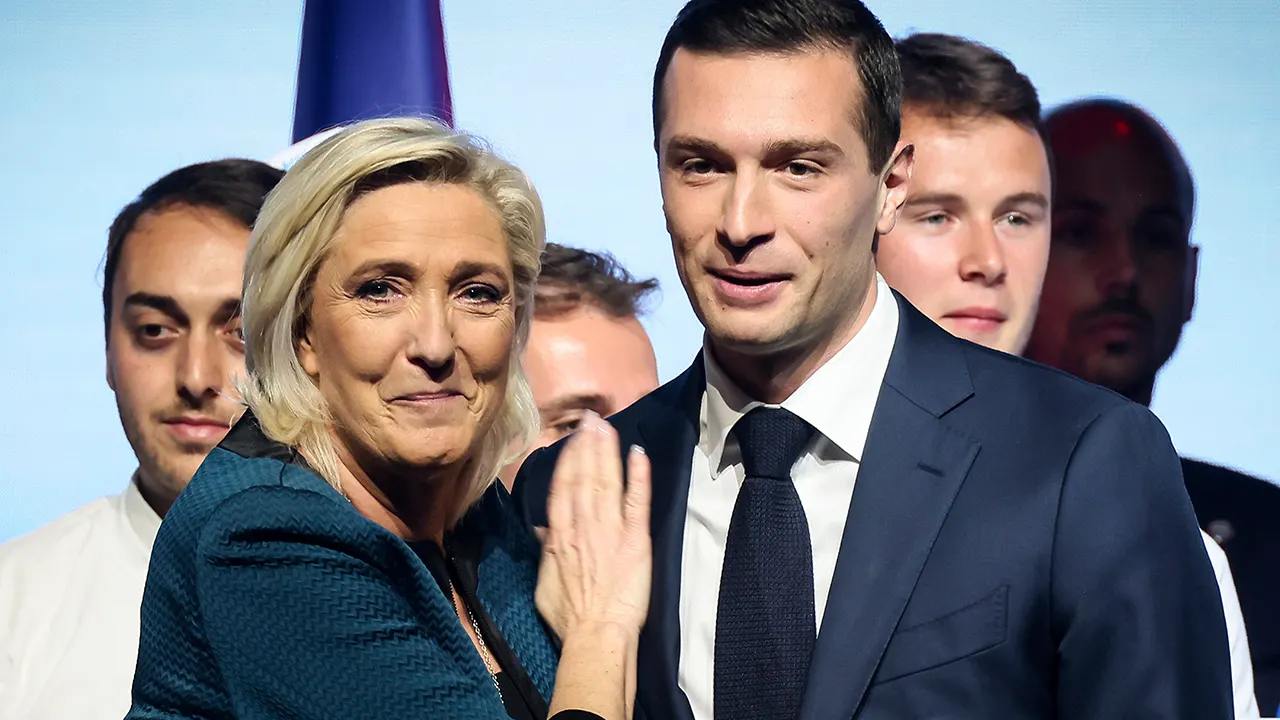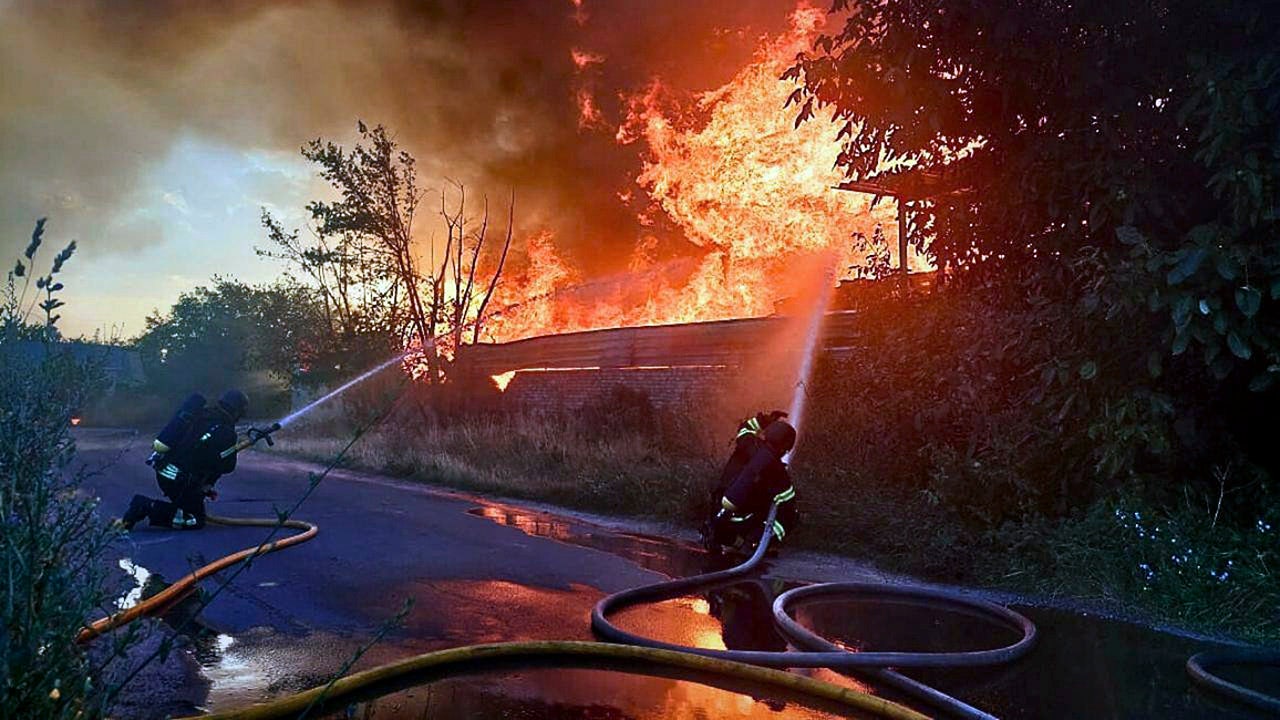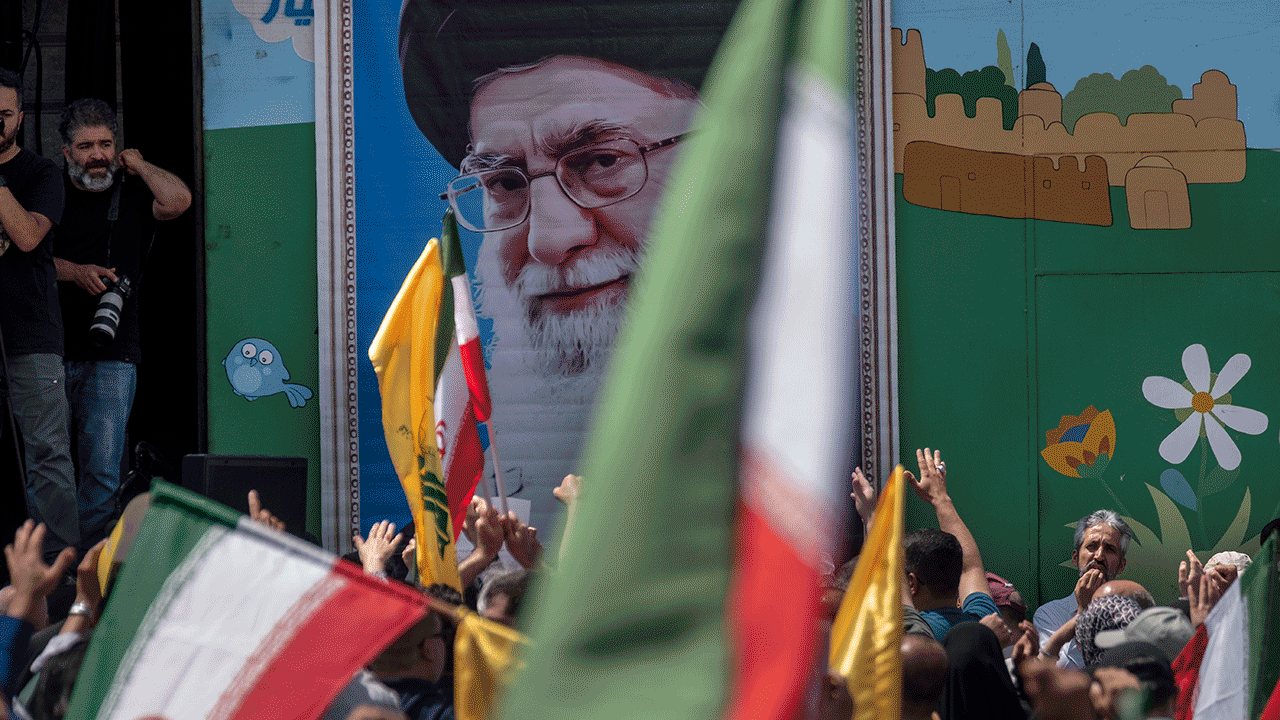Mass anti-government protests against corruption hit Russia ally Serbia

Student-led protests in Serbia have shaken the foundation of Aleksandar Vucic’s 14-year reign, with over 100,000 individuals taking to the streets of Belgrade and cities across the country. The sheer magnitude of the protests on March 15, with an estimated 300,000 people marching in the heart of Belgrade, marks a significant moment in Serbia’s recent history.
President Vucic, known for his close ties to Russia, has defiantly resisted calls to step down, instead accusing the protest movement of inciting violence and attempting to spark a civil war. Vucic’s allegations of a Western-backed “colored revolution” draw parallels to the 2014 Euromaidan Revolution in Ukraine, where the pro-Russian president was ousted for seeking closer ties with Vladimir Putin.
The ongoing protests stem from a deep-seated dissatisfaction with the government’s handling of systemic corruption and the erosion of the rule of law under Vucic’s leadership. What initially began as spontaneous demonstrations following the tragic collapse of a railway station in Novi Sad has evolved into a widespread movement demanding justice, accountability, and greater transparency within the government.
Despite Vucic’s denials, reports of the government’s use of illegal weapons, including long-range acoustic devices (LRAD), during peaceful gatherings have sparked outrage among civil society organizations and international observers. The Belgrade Center for Security Policy has condemned the deployment of such prohibited weapons, emphasizing the need for a thorough investigation into these allegations.
As the protests continue to gain momentum, experts and opposition politicians argue that Vucic’s attempts to address public concerns, such as arresting individuals involved in corrupt dealings and the resignation of the prime minister, fall short of addressing the root causes of discontent. The Biden administration’s regional policy has also come under scrutiny for its perceived appeasement of the Vucic regime, hindering efforts to hold the Serbian government accountable for its antidemocratic practices.
In light of these developments, calls for a shift in U.S. regional posture towards Serbia have emerged, with suggestions to move from appeasement to containment of Vucic. By adopting a stance that prioritizes peace through strength, the U.S. can signal its commitment to promoting democratic values and supporting peaceful resolutions in the Balkans.
The protests in Serbia underscore a growing push for accountability, transparency, and democratic governance, challenging Vucic’s grip on power and setting the stage for a potential political reckoning in the country. As the momentum of the protest movement shows no signs of waning, the future of Serbia hangs in the balance, caught between the forces of change and the entrenched power of its strongman leader.




